QuestionDear Ray,
You have helped before on the subject of B blood type, and now I have a new question. Some breeders have the opinion that Birman B queens have frequently more problems with: fertility, pregnancy, birthing (more than average Caesarians)and more stillborns or small litters, when Q is mated with a Ab or AA male.Compared with A-type queens. Apart from the precautions one must take (hand feeding)after the birth. We either have first hand experience of this and/or know someone that has had such problems with a B queen.However I'm reluctant to believe this,if its not backed up by evidence.
Kind regards
AnswerHi Linda
You could use my email raymondwigley@gmail.com if you want, or email Marcia on goldlay@gmail.com for gretaer depth.
First B blood is not normal in Birmans, it is believed to have been introduced by matings to Siamese for the eye colour. Also the aspect responsibile for blood typing is possibly polygenetic meaning there are other things being influenced within the cat other than just blood type.
This coupled with small breeding group potentials means the probability of introducing mating depression into the line, if that makes sense.
The only way to reduce the symptomatic depression is to consider mating to A lines outside the area, widening the gene pool.
The birman is such a difficult breed to get right under 'normal' circumstances. Here in GCCF for instance there are I think about 25 with-holding faults, so that effectively reduces your potential breeding queens.
I did postulate an introduction to an outcross mating program, but here I would suggest the consideration of two programe neither fo which is conducive to the Birman.
1. Mating to non related A group lines to hopefully produce A or Ab. Then remove B to a separate breeding program.
2. Where you have B in increased numbers then mate B to B to elimiate the neonatal isoerthryolysis. This may also eliminate the other problems being experienced.
However this would lead to two distinct Birman lines and I know that is NOT something the breed could tolerate with ease.
Ray

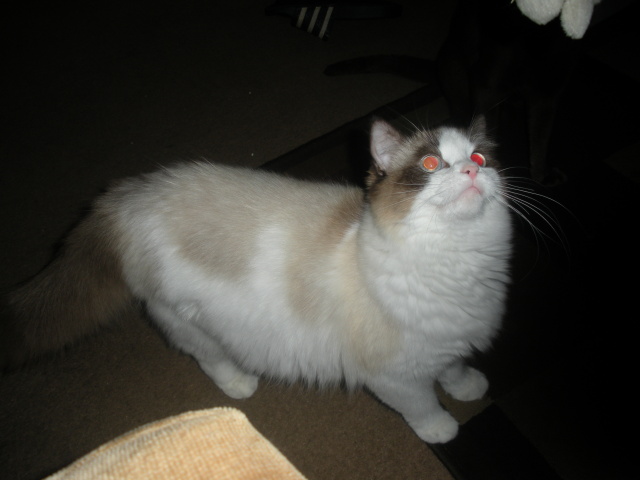 cross breeding cats ..
Questionmurphy
QUESTION: hi i hope you can help
cross breeding cats ..
Questionmurphy
QUESTION: hi i hope you can help
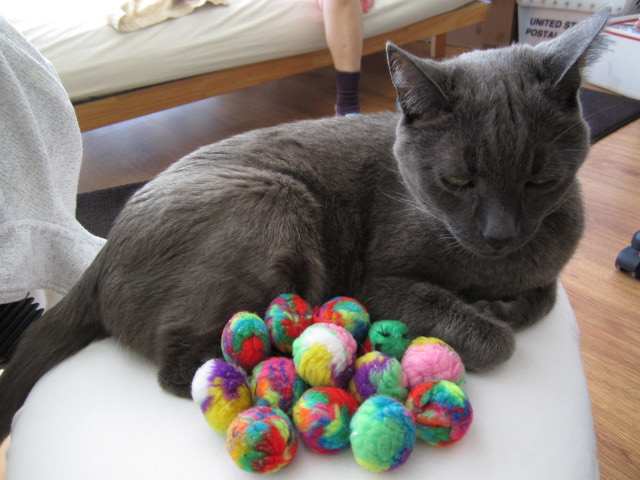 is my gray cat Russian Blue?
Question
Magic
I always thought my gray cat Magi
is my gray cat Russian Blue?
Question
Magic
I always thought my gray cat Magi
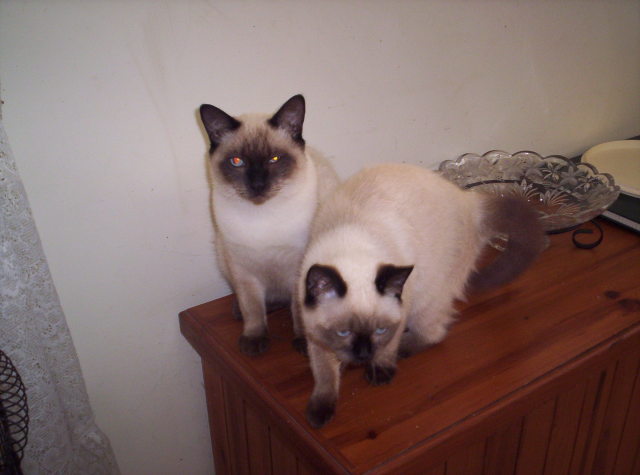 breeding Ragdoll cats
Question
Coco & Abby
Hi .I have a Male & Female Rag
breeding Ragdoll cats
Question
Coco & Abby
Hi .I have a Male & Female Rag
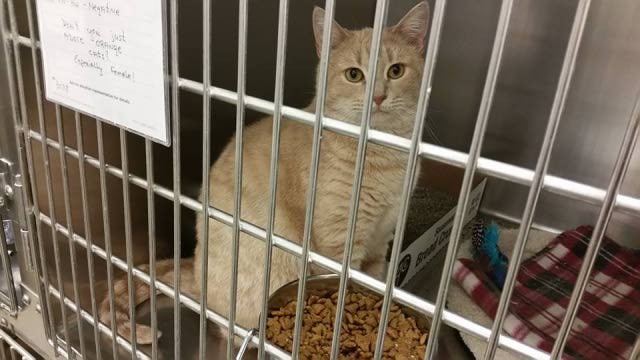 color and pattern
QuestionCat 2
Cat 1
QUESTION: Back for so
color and pattern
QuestionCat 2
Cat 1
QUESTION: Back for so
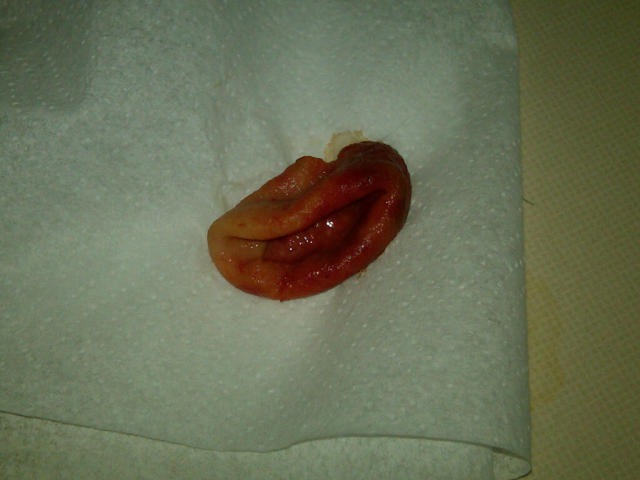 pregnant queen problem
Question
Pink sac
Hello,
last night my cat bega
pregnant queen problem
Question
Pink sac
Hello,
last night my cat bega